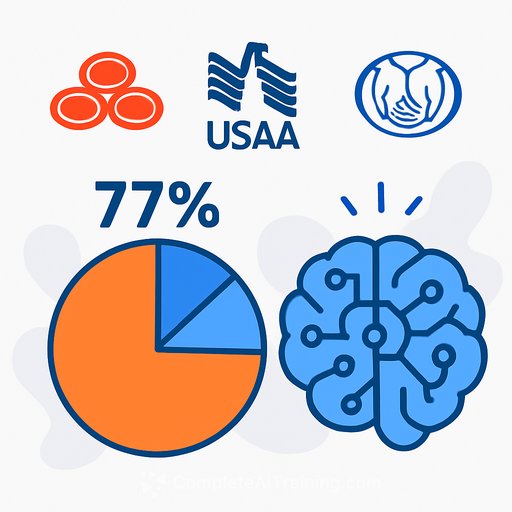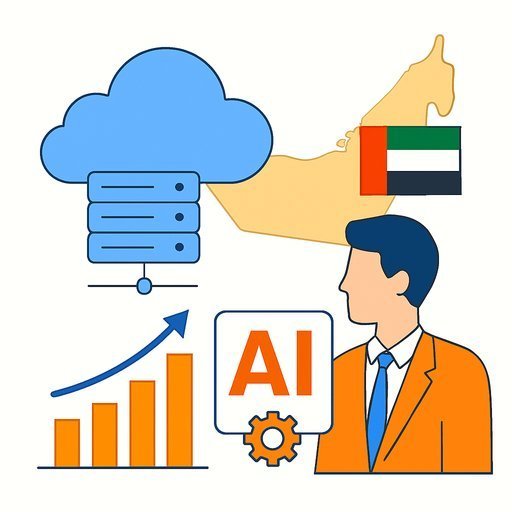Brokers’ Slow Adoption of AI Reflects Traditional Mindsets
Brokers are often seen as the “logical latecomers” to adopting artificial intelligence (AI) in the insurance sector. This hesitation stems from an “old guard” mindset that insists certain insurance tasks must be handled in traditional ways. Insurers, on the other hand, have embraced AI more actively, leveraging it across various functions.
Jason Cohen, executive director at Specialist Risk Group broker Hamilton Leigh, highlighted this gap during an Insurance Times TechTalk Live roundtable. He observed that while insurers are using AI extensively, brokers are mostly limited to areas like documentation, production, and marketing. Large-scale AI adoption among brokers remains rare due to their strong reliance on nuanced cover contextualisation rather than binary decisions.
Challenges Slowing Broker AI Adoption
Smaller brokers face significant barriers when considering AI integration. Peter Hunter, head of research and development at Open GI, noted that about 60% of brokers are not using AI, largely because many don’t know where to start. This knowledge gap deepens the divide between large national brokers and smaller single-office firms, with only 10% of the latter adopting AI initiatives compared to 46% of national brokers.
Other obstacles include concerns over data security, difficulties in measuring return on investment (ROI), lack of AI skills, integration challenges with existing systems, and high costs. These factors collectively slow the pace at which brokers incorporate AI into their workflows.
Insurers Hold the Data Advantage
Dan Henry, Microsoft’s account chief technology officer for insurance and investments, explained that insurers’ broader access to data makes AI more valuable to them. Brokers tend to focus on the initial client conversation, which is less data-intensive. Despite this, there is growing interest among brokers to enhance operations through digital and automated processes. For example, an Aviva Broker Barometer survey from April 2025 revealed that 85% of brokers want to improve their operations with technology—up 15% since 2022.
The main drivers for adopting AI are improving customer service and gaining competitive advantage, followed by increasing new business. However, brokers often prefer tools that support in-person interactions rather than purely digital communication channels.
Ensuring Trust and Accuracy Through AI Governance
Governance is critical when deploying AI in insurance. The Chartered Insurance Institute (CII) stressed that accountability must be supported by rigorous validation and testing to avoid discriminatory outcomes. Henry emphasized the need for AI systems to provide transparent reasoning, not just binary answers, to enable proper validation.
Sam Haslam, risk and resilience advisory leader at WTW, added that before AI tools are put into use, they should be validated against human-led processes and continuously monitored. This approach enables brokers and insurers to confidently explain and defend AI-driven decisions.
Insurance Industry Faces New Questions on AI Liability
The rise of AI use in business operations raises complex questions about liability. Russ Shaw, founder of Tech London Advocates and Global Tech Advocates, asked how responsibility is determined when AI systems cause issues. Is the user or the AI developer accountable?
Thomas Lowin, London regional manager at Hiscox, pointed out that liability largely depends on the contract between the insured and their client. If a business is responsible for delivering an AI-enabled system, the contract terms guide insurance responses, regardless of whether a third-party AI provider is involved.
Henry used a driving analogy to illustrate this complexity: if a car crash occurs due to faulty brakes, the question arises whether the fault lies with the driver or the technology. Cohen expanded this to autonomous vehicles, noting that as driverless taxis become more common, determining liability—whether it falls on the AI or another party—will be a key insurance challenge.
Lowin also highlighted that insurers must carefully balance the intent of policy coverage with the specific wording of policies, much like the debates seen around business interruption claims during the Covid-19 pandemic.
AI Governance Varies Widely Across Businesses
Haslam observed that AI governance maturity varies greatly. Some small businesses have comprehensive AI policies and training, while others using AI tools lack even basic controls. He stressed that governance and control standards currently don’t align well with the rapid pace of AI adoption.
- Understanding potential risks from AI reliance is essential.
- Reasonable steps must be taken to manage those risks effectively.
For insurance professionals looking to build AI skills and governance knowledge, exploring practical courses can help bridge the gap. Resources like Complete AI Training’s broker-focused AI courses provide tailored learning paths to support this transition.
Your membership also unlocks:






